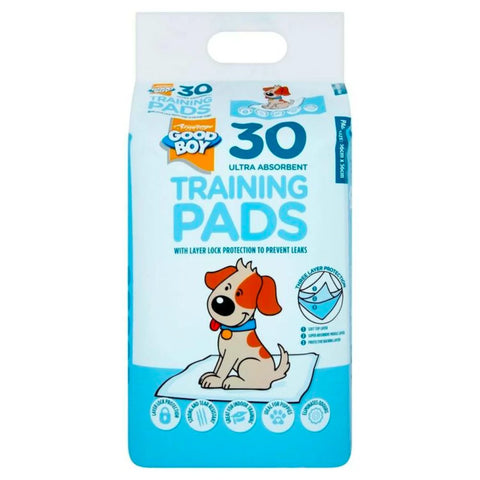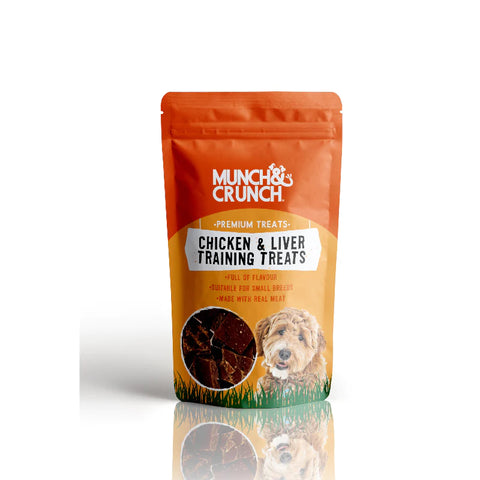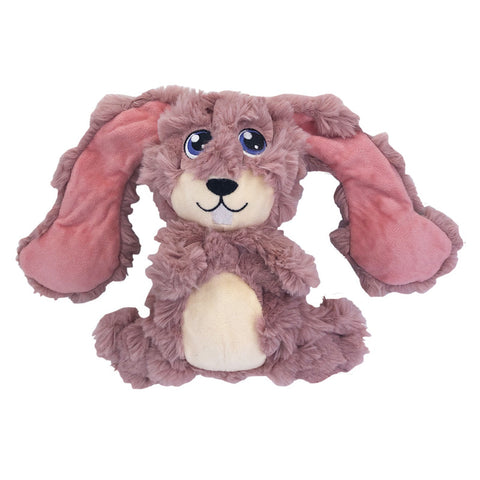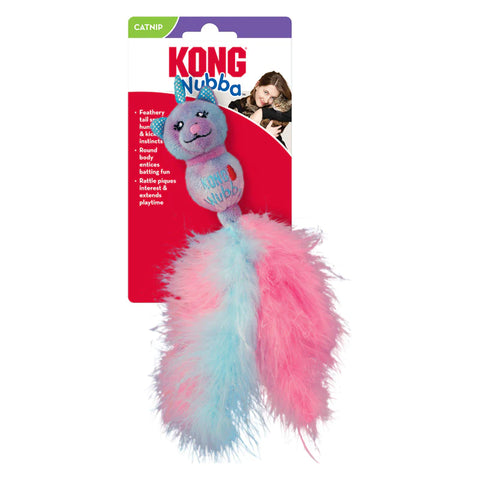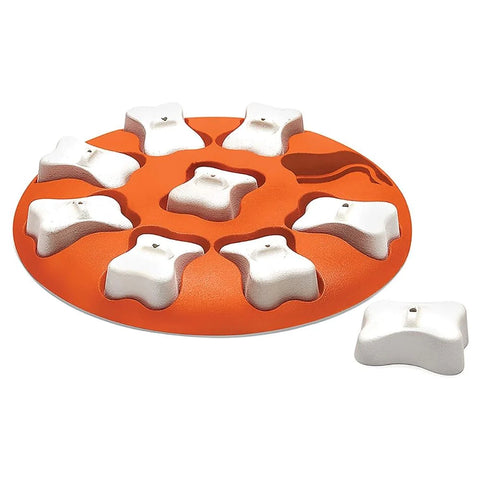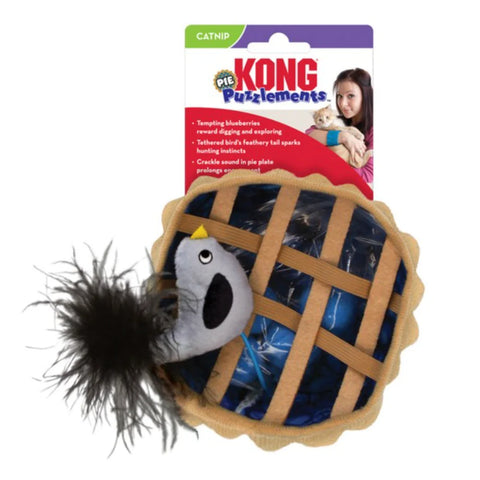Training Your New Companion: Essential Tips for Puppies and Kittens
Welcoming a new puppy or kitten into your home is an exciting and rewarding experience. These furry bundles of joy bring immense happiness, but they also require proper training to become well-behaved companions. Establishing good habits early sets the foundation for a strong bond between you and your pet. Keep reading to discover some essential tips for training puppies and kittens to ensure a harmonious and happy life together:
1. Start Early and Be Consistent:
- Begin training as soon as your new furry friend arrives. Consistency is key. Establish clear rules and routines right from the start.
- Use positive reinforcement techniques such as treats, praise, and rewards to encourage desired behaviours.
Establishing Good Habits: Early training sets the foundation for good behaviour. It helps them understand what behaviours are acceptable and expected in their new environment. This includes housebreaking, socialisation, and learning basic commands.
Socialisation and Adaptation: Early exposure to various people, animals, environments, sights, and sounds is essential. Socialisation during the critical period of their development helps them become well-adjusted, confident, and less prone to fear or anxiety as they grow.
Preventing Behaviour Issues: Training at a young age helps prevent or minimize behavioural problems. It teaches them appropriate ways to interact with people and other pets, reducing the likelihood of aggression, excessive barking, or destructive behaviours.
Building Trust and Bonding: Positive training methods build trust and strengthen the bond between the pet and the owner. It creates a positive association with learning and interacting with their human family, fostering a strong relationship based on mutual understanding and respect.
Easier to Learn: Puppies and kittens are like sponges when it comes to learning. Their brains are more receptive to new experiences and information at a young age, making it easier for them to grasp and retain training concepts.
Setting a Routine: Early training helps establish consistent routines for feeding, sleeping, and bathroom habits. This predictability is beneficial for the pet's overall well-being and helps reduce stress and anxiety.
Good Boy Puppy Training Pads £7.99
Adaptability: Training at an early age helps pets adapt to various situations and environments, making it easier to integrate them into different lifestyles, whether it's living in a city apartment, suburban home, or encountering new experiences like car rides or visiting the vet.
Safety: Training your pet early on safety commands such as "come" or "stay" can be crucial in emergency situations. It helps ensure their safety and prevents them from getting into potentially dangerous situations.
In summary, early training is essential as it shapes the pet's behaviour, social skills, and overall well-being. It lays the groundwork for a well-adjusted, confident, and obedient companion, making life more enjoyable for both the pet and the owner.
2. Socialisation is Crucial:
- Introduce your puppy or kitten to various people, pets, and environments during their early weeks. This helps them become well-adjusted and less fearful as they grow.
- Ensure these social interactions are positive and supervised, especially during the critical socialisation period.
The critical socialisation period for puppies generally spans from birth to about 16 weeks of age. However, the most influential period for socialisation is typically considered to be between 3 to 14 weeks old. During this time frame, puppies are highly receptive to new experiences, people, animals, and environments.
For kittens, a similar critical socialisation window exists, typically between 2 to 7 weeks of age. This is the phase when they are most open to positive interactions with various people, animals, and environments.
Socialisation during these critical periods is incredibly important for puppies and kittens. Proper exposure to a variety of stimuli, including different people, animals, sounds, surfaces, and situations, helps them adapt, learn, and feel comfortable in various environments throughout their lives.
Keep in mind that while the critical socialisation period is particularly influential, socialisation efforts should continue beyond these initial weeks. Consistent positive interactions and experiences throughout their lives contribute to their ongoing social development and behaviour. However, the earlier socialisation efforts begin, especially during these critical periods, the more beneficial they tend to be in shaping a well-adjusted and confident adult pet.
3. House Training Basics:
- For puppies, establish a regular bathroom schedule. Take them outside frequently, especially after meals, naps, and playtime. Praise and reward them for eliminating outdoors.
- Kittens can be litter-trained by placing them in the litter box after meals or naps. Ensure the litter box is easily accessible and clean.
CATSAN Natural Biodegradable Clumping Cat Litter £21.99
4. Use Proper Training Techniques:
- Teach basic commands like "sit," "stay," and "come" using short, consistent cues. Use treats or toys as positive reinforcement.
Munch & Crunch Chicken & Liver Training Treats £3.99 and Dreamies Creamy Chicken Cat Treats £13.49
- For kittens, encourage appropriate scratching behaviour by providing scratching posts and redirecting them when they scratch furniture.
Rosewood Natural Scratchers Seagrass Feather Post £18.09
Positive reinforcement is essential when training pets because it's an effective and humane method that focuses on rewarding desired behaviours rather than punishing unwanted ones. Here's why positive reinforcement is crucial in pet training:
Encourages Desired Behaviour: Positive reinforcement involves rewarding your pet for exhibiting the behaviours you want to see more of. When a behaviour is followed by something pleasant (like treats, praise, or playtime), the pet is more likely to repeat that behaviour.
KONG Dog Toy Scrumplez Bunny £11.39 and KONG Cat Wubba Caticorn £8.19
Strengthens the Human-Animal Bond: Using positive reinforcement builds trust and a strong bond between you and your pet. They associate you with positive experiences, making them more eager to please and engage in training sessions.
Creates a Positive Learning Experience: Pets respond well to positive, reward-based training because it's enjoyable for them. They're motivated to learn and are more engaged during training sessions when they know there's a reward awaiting them for doing the right thing.
Reduces Stress and Fear: Punishment-based training methods can cause stress, anxiety, and fear in pets. Positive reinforcement, on the other hand, creates a safe and happy learning environment, reducing the likelihood of fear-based responses or behavioural issues.
Effective for All Pets: Positive reinforcement can be used for training dogs, cats, birds, and other animals. It's a versatile method that can be adapted to suit different personalities, breeds, and learning styles.
Focuses on Teaching Instead of Punishing: Instead of correcting or punishing unwanted behaviour, positive reinforcement focuses on teaching the pet what to do. This approach is clearer and more effective in shaping desired behaviours.
Long-Term Results: Behaviours learned through positive reinforcement tend to be more enduring. Pets are more likely to retain the behaviours they've learned through positive experiences and rewards.
Ethical and Humane Approach: Positive reinforcement training methods prioritise the well-being of the animal. It avoids causing physical or emotional harm, making it an ethical and humane way to train pets.
5. Patience and Understanding:
- Understand that both puppies and kittens are learning and may make mistakes. Avoid punishment as it can cause fear and confusion.
- Be patient and celebrate small victories. Consistent training will yield positive results over time.
6. Provide Mental and Physical Stimulation:
- Engage your pet's mind and body with interactive toys, puzzle feeders, and playtime. This helps prevent boredom and destructive behaviours.
- For puppies, incorporate short training sessions into playtime to keep them mentally stimulated.
Nina Ottosson by Outward Hound Dog Smart Orange Interactive Treat Puzzle Dog Toy £12.09 and KONG Cat Puzzlements Pie £7.89
Interactive toys play a crucial role in the development and well-being of puppies and kittens for several reasons:
Mental Stimulation: Interactive toys challenge the minds of puppies and kittens, keeping them mentally engaged and preventing boredom. They often involve problem-solving elements or activities that require thought and effort, stimulating their cognitive development.
Preventing Behavioural Issues: Boredom can lead to destructive behaviour in pets. Interactive toys provide a healthy outlet for their energy, reducing the likelihood of them engaging in destructive behaviours like chewing on furniture or excessive scratching.
Physical Exercise: Many interactive toys encourage movement and physical activity, helping puppies and kittens burn off excess energy. This exercise is essential for their growth, development, and overall health.
Promoting Socialisation: Some interactive toys, especially those involving play with their owners, can enhance the bond between pets and humans. Interactive play sessions can be a great way to strengthen the relationship between pets and their owners.
Alleviating Stress and Anxiety: Engaging toys can provide comfort and alleviate stress or anxiety in pets, especially when they're left alone for periods of time. These toys can offer companionship and mental stimulation, reducing feelings of loneliness.
Teaching Life Skills: Some interactive toys can help teach valuable life skills to puppies and kittens. Puzzle toys, for example, can teach problem-solving and persistence as they figure out how to retrieve treats or toys from within the toy.
Encouraging Independence: Interactive toys allow puppies and kittens to play and entertain themselves, promoting independence and reducing reliance on constant human attention for stimulation.
Variety and Enrichment: Having a variety of interactive toys ensures that pets have diverse experiences and prevents them from getting bored with the same toys. Rotating toys regularly keeps their interest piqued.
When choosing interactive toys for puppies and kittens, it's important to consider their age, size, breed, and individual preferences. Toys should be safe, durable, and suitable for their developmental stage to ensure they receive maximum benefit from playtime.
7. Supervision and Safety Measures:
- Supervise your puppy or kitten in the house, especially during the initial training phases. Use baby gates or crates to limit access to certain areas.
- Puppy-proof and kitten-proof your home by removing hazardous items and securing electrical cords or small objects.

Rosewood Options 2 Door Dog Crate £59.99
8. Regular Vet Check-ups:
- Schedule regular veterinary visits to ensure your pet's health and well-being. Vaccinations, deworming, and preventive care are essential for their overall health.
Training Your New Pet With Direct4Pet
Remember, every pet is unique, and training methods may need to be adapted to suit their individual personalities. Building a strong bond based on trust, love, and positive reinforcement will result in a well-adjusted and happy companion for years to come. Shop our full range of toys, cat treats, dog treats and more to help train your new pets. Enjoy the journey of training and nurturing your adorable new family member!

